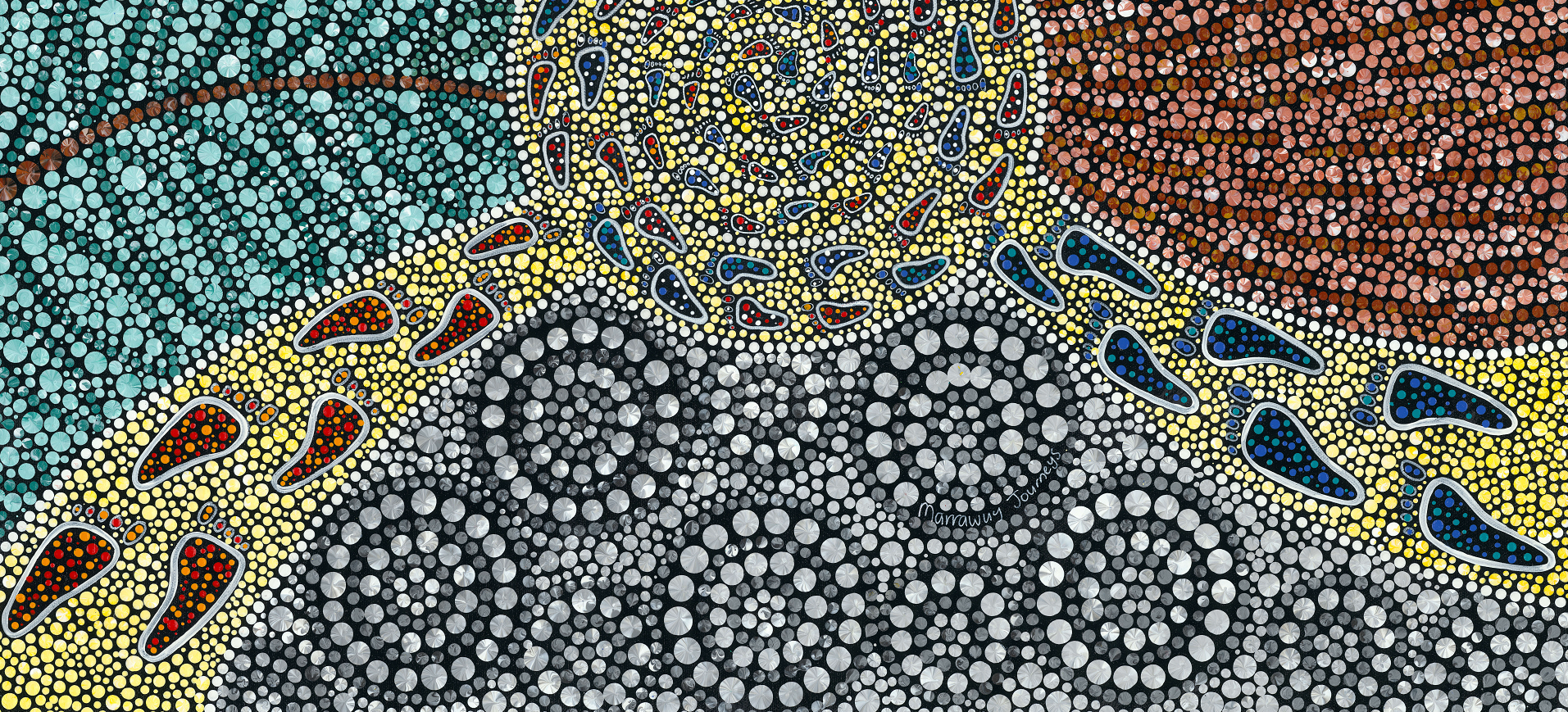An ‘effective system of clinical supervision’ refers to a system where the supervision arrangements are clear, explicit and accountable. Supervisors* guide the students’ clinical experience and clinical training. Supervisors should have the appropriate competencies, skills, knowledge and commitment to the program. This includes knowledge of the program requirements, understanding of the principles of learning, the ability to provide constructive and actionable feedback to students, and responding appropriately to identified concerns. Supervisors must behave professionally and appropriately, including in a culturally safe manner. The system should be sufficiently organised and centred around education to allow students to continuously learn and progressively achieve learning outcomes (5.5.1).
Providers should explain under Standard 5.5: Clinical supervision, the overall system of clinical supervision and the specific details of each clinical site, such as clinical supervisor to student ratios, requirements around student feedback time, and after-hours availability. Providers should explain how students are develop and practice procedural skills before applying them in a clinical setting, and have increased involvement in patient care as their skills develop, under Standard 2.3: Learning and teaching.
The paramount concern referred to with ‘safe involvement’ of students in clinical practice is patient safety. The safety of students must also be ensured. Safety, for both patients and students, implies physical, psychological, emotional and cultural safety, as particularly but not exclusively described in quality and safety frameworks, legislation and clinical guidelines; as well as occupational health and safety principles and legislation. Patient safety will be protected through an effective system of supervision (5.5.1).
Training for clinical supervisors may be offered in partnership with a health service and may include topics such as clinical assessment, giving feedback, assessment quality, fostering cultural safety learning environments, and obligations and duties of supervisors including professionalism. Clinical supervisors having ‘access to’ training includes that this training is readily accessible and that supervisors are aware of the availability of this training. While not a formal requirement in the standards, AMC strongly encourages providers to ensure that clinical supervisors undertake training in the areas of supervision, assessment and the use of health education technologies (5.5.2).
Orientation for clinical supervisors should cover provider policies around supervision and raising concerns, provider expectations of supervisors, provider responsibilities towards supervisors, monitoring and performance recognition processes, and training and professional development opportunities (5.5.2).
‘Monitor[ing] the performance’ of clinical supervisors means collecting individual and collective data, such as student and peer feedback, that allows a provider to monitor professionalism including cultural safety of supervisors and make informed determinations on professional development and training needs, as well as allowing for recognition of performance. This performance monitoring does not need to fall within the formal provider performance appraisal system for staff (this formal system for the provider’s staff is required under standard 5.3.2). The provider should work in close partnership* with clinical sites to monitor the performance of supervisors (5.5.3).
